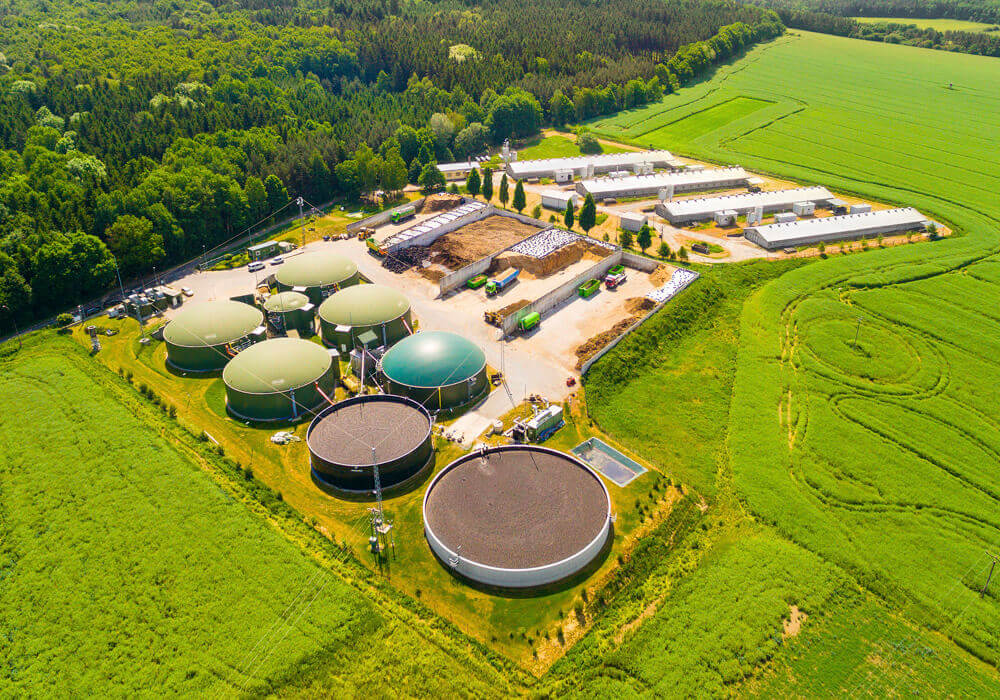A breakthrough in catalytic science has swept onto the scene: a less risky, more cost-effective sustainable diesel biofuel solution. Produced through a joint effort, the recently pioneered, one-phase catalytic process could prove vital in meeting increased diesel fuel demand.
Pioneering a Process
The revolutionary continuous catalytic process owes its roots to three agencies with close ties.These include the National Renewable Energy Laboratory (NREL), Chemical Catalysis for Bioenergy (ChemCatBio), and the Co-Optimization of Fuels & Engines (Co-Optima), the latter two initiatives being united under the Department of Energy’s umbrella.
Before the process’ arrival, batch chemistry stood as the leader in chemical technology. However, the new process seeks to alleviate production costs associated with batch chemistry, shrinking them. This cost reduction, coupled with the process’ ability to alleviate risks in new technology production, positions it as a viable solution in diesel fuel sources.
What’s Behind the Biofuel Blendstock
NREL is well known for their contributions to catalytic process progress, earning a reputation as experts in the realm of renewable energy. However, this breakthrough marks the research institute’s first foray in honing a single-phase catalytic process with the intent to create renewable fuel via reductive etherification.
Even with it being the first of its kind, the catalyst shows promise. Its regenerative properties demonstrate prolonged stability—and increased activity to boot. This fortunate pair of features helps ensure sustainability; industrial catalysts need elevated stability to prove financially and environmentally viable in the long run.
The landmark process yields potential through other ways as well. It emits a clean-burning biofuel that also scores low on the yield sooting index.
The Next Phase
As is prone to happen in these developing situations, lab work still remains. The next testing cycle looks to improve the process by assessing palladium’s efficacy rate in the catalytic process.
As it stands now, palladium pairs the molecules of the catalyst together, but it carries a significant shortfall: it’s costly. Weighing palladium’s impact on the process, and seeking out possible alternatives, could broaden the process’ scope of use. That could lead to widespread adoption on a much larger scale: the market.
Fueling Your Business
This catalytic process breakthrough represents one kind of solution, but ProcessBarron could be your total systems solutions provider. We’re industry leaders in the biofuel and biorefinery sectors. Our products and profound expertise are here for your business.
To streamline your solutions, contact an experienced ProcessBarron representative or request a quote. Find out the latest trends in the arenas of biofuel, biorefinery, and more on our blog!


